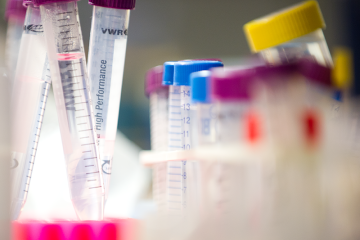Project grant
Establishing a physiologically relevant in vitro model of blood development

At a glance
In progress
Award date
October 2024 - September 2027
Grant amount
£525,439
Principal investigator
Dr Victor Hernandez
Co-investigator(s)
Institute
Brunel University
R
- Replacement
